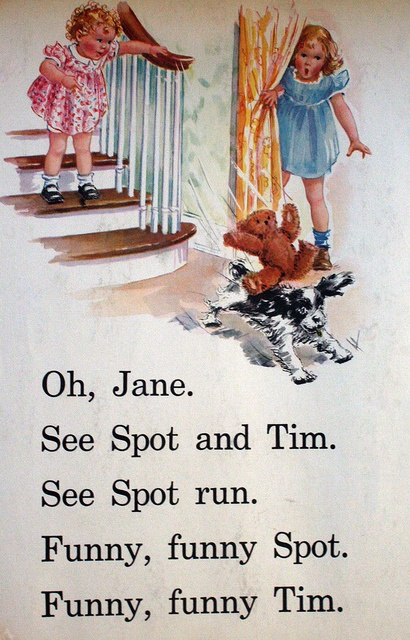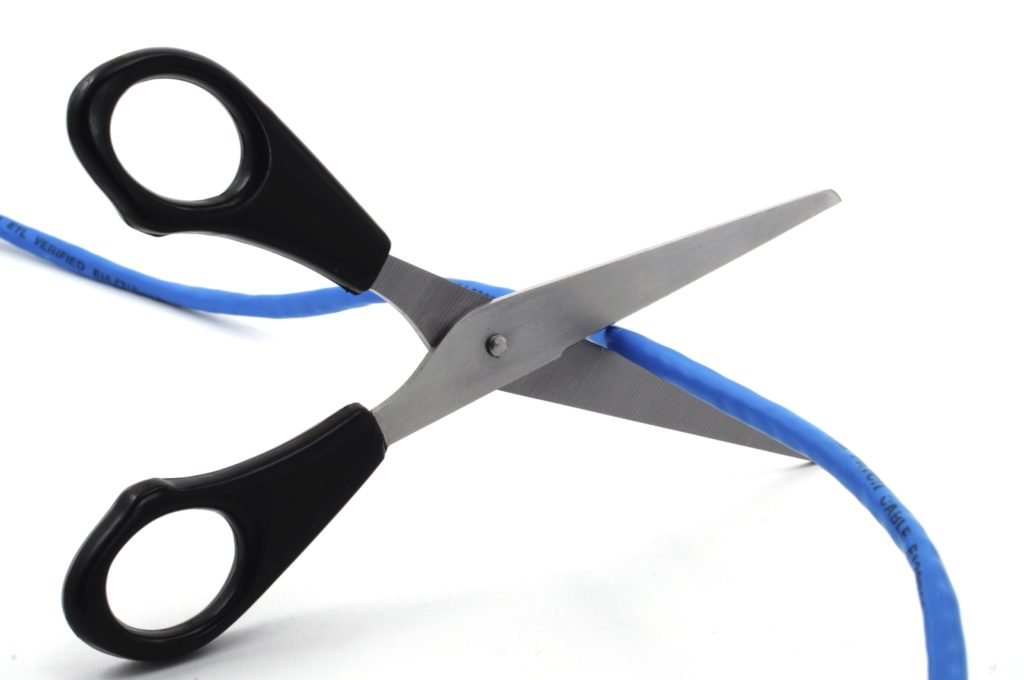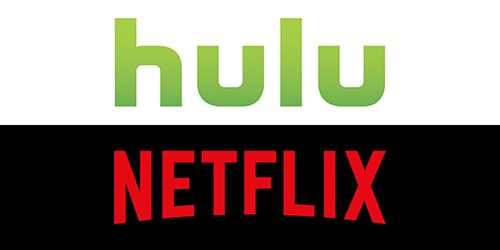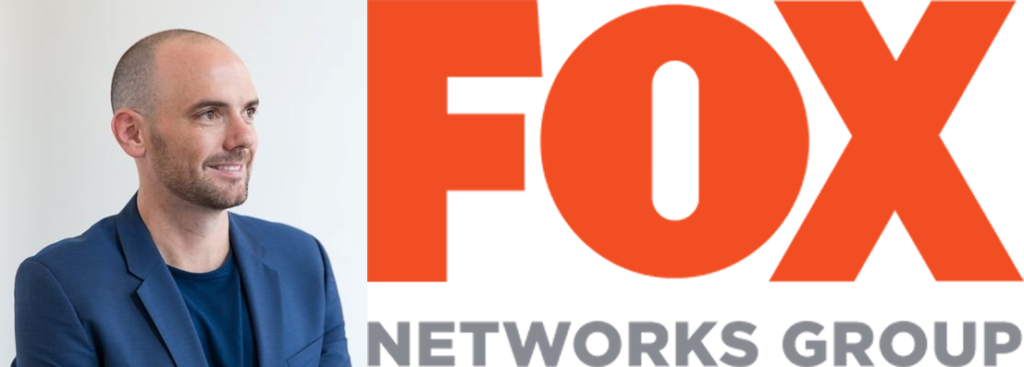
With the growth of podcasting, broadcast radio is just begining to feel the impact of the “on-demand revolution” on listening. We saw signs of this in our Techsurvey last year; this year’s edition addresses how podcasting listening affects “real-time” broadcast usage, and we’re looking forwarad to unveiling the results at the Worldwide Radio Summit in L.A. in May.
But no matter what it shows, it will pale in comparison to what our friends in television are enduring. From the beginnings of TiVo, television has felt the scourage of on-demand. From recording shows to skipping through commercials, the DVR was just the opening salvo in television’s on-demand revolution. And in today’s world where seemingly everyone is watching Netflix, while more young people are “cutting the cord,” TV viewership is under siege.
On-demand usage in television may always over shadow radio’s levels. But our Techsurveys have shown a direct correlation between those who watch TV on-demand and also listen to podcasts – and vice-versa. Once you can listen (or watch) what you want, when you want to, and on whataever device of your choosing, it’s hard going back to waiting until 7pm when “Wheel of Fortune” comes on or when ALT 97.5 promises the exact time they’ll premier the new Twenty One Pilots song.
Three stories in just the last week underscore the slippery slope TV is on. Here’s the evidence that suggests there’s trouble in TV Land. (Radio executives would be wise to not dispassionately watch this hot mess.)
Exhibit A is a Bloomberg story by Lucas Shaw, boldly suggesting the TV business is in trouble as advertisers increasingly bail out to digital platforms like Google and Facebook.
Pointing to an advertising economy that’s growing, Shaw points to a “no growth” scenario for traditional media companies – TV and radio included.  Social media, streaming services, and cord cutting are conspiring to erode TV’s long-time hold on the market.
Social media, streaming services, and cord cutting are conspiring to erode TV’s long-time hold on the market.
The data shows a 10% viewership drop last year among 18-49 year-olds, exacerbated by falling sports ratings – including down numbers for the NFL. Sports was expected to be the “firewall” that would keep viewers tuning into commercial broadcast television. But these days, all bets are off.
Exhibit B involves the aforementioned Netflix, and the theory it’s costing traditional TV billions in lost advertising revenue as more viewers gravitate to sbuscription streaming services.
Media Post says a new nScreen Media analysis estimates somewhere between a $3-$6 billion ad shortfall for  TV. Analyst Colin Dixon says the average Netflix viewer in the U.S. misses somewhere in the vicinity of 35 30-second commercials each day. Over a year, we’re talking more than 5,7oo missed spots.
TV. Analyst Colin Dixon says the average Netflix viewer in the U.S. misses somewhere in the vicinity of 35 30-second commercials each day. Over a year, we’re talking more than 5,7oo missed spots.
And Exhibit C is the most interesting because it’s about television getting proactive, rather than enduring attacks as in the earlier mentioned stories.
So, here’s the big news: NBCUniversal says it will reduce its commercial load by 20% across all its networks. That includes NBC, of course,  as well as ScyFy, USA, and others. During the prime time hours, commercials will be slashed by a more modest 10%.
as well as ScyFy, USA, and others. During the prime time hours, commercials will be slashed by a more modest 10%.
The Wrap quotes NBCUniversal’s Linda Yaccarino (right) who says the move is all about making the “experience better for viewers.” And that includes consumers, marketers, and the industry.
 Not to be outdone, Fox Network Group’s head of advertising sales – Joe Marchese (left) – announced yesterday his goal to cut TV ads to just two minutes an hour by 2020.
Not to be outdone, Fox Network Group’s head of advertising sales – Joe Marchese (left) – announced yesterday his goal to cut TV ads to just two minutes an hour by 2020.
(Maybe KNDD’s “Two Minute Promise” is catching on.)
In a Wall Street Journal story, writer Alexandra Bruell suggests the obvious – with only two minutes of ad inventory, Fox would have to raise it rates considerably in order to avoid financial disaster.
But another Fox sales executive, Ed Davis, told the Journal that perhaps the real challenge will be to alter the messages and their purpose. That will require a whole new way of thinking about marketing on commercial television:
“Creating a sustainable model for ad-supported storytellling will require us all to move.”
And move quickly and strategically. Whether Fox follows through on this aspirational goal and puts it into practice remains to be seen. But both NBCUniversal’s declaration and the Fox wish are both sure signs the TV industry has finally gotten the message.
When it comes to advertising and the viewer experience, television execs are going to have to rethink everything.
For the moment, radio is still watching from the sidelines. It won’t be long, however, before the same pressures impacting TV will be in the front windshield. It will be time for radio to make its move.
See Spot run.
- What To Do If Your Radio Station Goes Through A Midlife Crisis - April 25, 2025
- A 2020 Lesson?It Could All Be Gone In A Flash - April 24, 2025
- How AI Can Give Radio Personalities More…PERSONALITY - April 23, 2025




Great read Fred. As you know for the first time in my career (currently) ….I’m a true consumer of radio now and not a broadcaster. When that happens, you listen “like one” and let me tell you, without question…..the length of stop sets (and of course, the questionable quality of some)…as a consumer, is absolutely unlistenable.
Toss upon that the DASH options (my own music collection, XM/Sirius and the like) and your anology of TV and their competitive challenges (HULU, NEXTFLIX, TIMESHIFTING) is spot on.
Declining ad rates in marketplaces don’t help this issue for either industry, but radio broadcasters would be significantly helped to watch a “non broadcaster” consume their product in the car, naturally…….not defensively.
Now that I’ve become one for a while…the broadcasting industry’s “head” def needs to be “removed from the sand” on this issue.
It’s hard for me to imagine listening to the radio like a consumer again. As a consultant, I tend to be more dispassionate about the radio I hear than when I actually had a set of call letters on my business card. In general, programmers would be better served by having more time to spend with their product (and the competition). But instead of punchcing around for the content, actually sit through commercial stopsets. As you point out, it can be brutal. Thanks for taking the time, Dave.
“Creating a sustainable model for ad-supported storytellling will require us all to move.” See & Hear Spot Run. Bravo, Fred. It’s the combination of Business and Presentation!
Much appreciated, Clark.
Video, has the ability to show/play other things while a show is going on. They can shrink the programming and wrap a commercial around it.
Radio’s advantage and disadvantage is that it can only do one thing at a time.
The best thing we in the audio space can do is make the audio content (even commercials) compelling. But, that is a CHALLENGE!
It’s like going on a diet or paying off debt: We all know what to do. But, actually doing it is another story.
And it’s been a long time since we’ve done it well. I’m afraid radio’s “muscle memory” for doing quality commercial production is pretty shot. It will take a major reset for radio to recommit to improving the quality of its ads. Jerry Lee would be happy to tell you the same thing. Appreciate the comment, Les.
Interesting.
Wonder if the networks reducing inventory will be offset by the local affiliates scheduling program-length infomercials.
And, does missing one of those by a Netflix viewer count as “one ad”? Inquiring minds want to know …
Interesting POV, Geary. Who knows where the local affiliates figure into this. The network/affiliation deal has always been a little dicey. TV people tell you it’s even more treacherous today. And I’m not sure how they calculated the Netflix “missed ads.” My assumption is that every hour of Netflix programming translates to one hour of commercials missed on a network show. The link to the article is here: